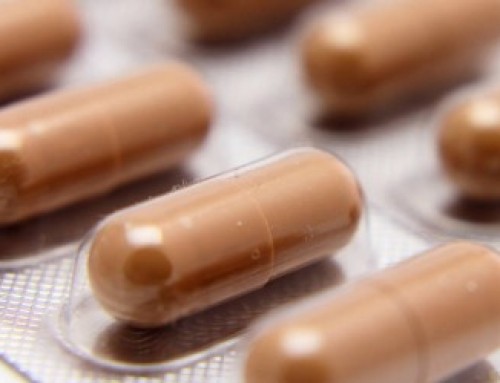In October 2006, Senators Waxman, Schumer and Clinton introduced the “Access to Life-Saving Medicines Act” to the US Congress in an attempt to establish an abbreviated application process for biological products.
It was the same Senator Waxman who cooperated in 1984 with Senator Hatch to introduce what became known as the Hatch-Waxman Act to introduce a simplified method of registration for generics.
Before that, there had been virtually no generics market in the USA due to the massive barriers to entry, which had made the process too difficult for cheap copies to enter the market. For example, all new products had to provide the FDA with full toxicology and efficacy data, even for molecules that were well established and well known.
Hatch-Waxman changed all this by allowing the FDA to refer to data filed by the originator and requiring the generic applicant to merely provide all the necessary manufacturing data and prove bioequivalence. This led to an explosion of cheap copies on to the market that in turn led to vigorous price competition and the resulting cheap fall in prices, which was the aim of the Act.
However, no such mechanism exists for biological medicines and their copies. For a long time, the US generic industry has been pressing the FDA to introduce guidelines to allow them to know how they can prove their biological product equivalent to the originator’s product. With simple, chemically defined generic, this is a relatively straightforward process.
Take a healthy volunteer, give him or her a dose of the original product and measure the plasma levels of the product of over a certain period. Then repeat the process with the copy product, compare the two blood levels and if they are more or less at the same level ± x%, then the two products can be considered as bioequivalent.
With biological products, the picture becomes significantly more complicated as simple bioequivalence will not do; some form of clinical equivalence must be established. Australia and the EU have established guidelines and as a result have Biosimilars based on Somatotropin on their markets as do some East European and Asian countries. The FDA, however, has been curiously reluctant to provide any such guidelines and this has resulted in the absence of any biosimilar preparations on the US market. It was this situation that the Senators have set out to remedy by forcing the FDA to move since it seems unwilling to do of its own accord.
The new Act is clearly an attempt to emulate the success of the 1984 law as it contains a number of provisions that are broadly similar to those in the 1984 Act.
For example, it proposes 180-day market exclusivity for the first applicant to establish equivalence to the reference product – a clear parallel to the mechanism known as “Paragraph IV” filing in the existing law.
It also allows the owner of the reference product to stop processing of the generic application for 30 months by suing for patent infringement, another parallel to the mechanism that exits already for standard generics.
Thus, if passed by Congress, this new Bill will clear the way for rapid and simplified registration of generic biologicals, an increase in competition and sharp falls in prices for these products.
Well, that is the theory and the intention behind the proposals, but perhaps things will not be quite so simple in practice.
The commentary on the Bill states “The Secretary (of Health) must approve or disapprove an application for a comparable biological product eight months after submission, or 180 days after the application is accepted for filing….”. A good idea, but who will enforce it? Other regulatory authorities are also supposed to make decisions within a finite and defined time, but rarely do so, and often resort to tricks such as stopping the clock to bypass their obligations. This clause could well lead to more rich lawyers in the US as companies take legal action against the FDA to enforce their rights.
Another factor to consider is the high cost of entry and the consequently limited number of companies able to participate in the biosimilars market. Low levels of competition suggest only limited price falls.
Furthermore, given that biosimilars and brands will not be directly interchangeable, the biosimilar product will require detailing and promotion, all of which require money. Where promotional costs enter the picture, we are starting to move away from a generic scenario. The higher promotional costs will have to be paid for somehow and this will reduce the incentive and, indeed, the possibility of biosimilar manufacturers slashing their prices.
From reports, it seems that the few existing biogeneric products sell at a 20-25% discount to the branded original. There is little reason to believe that a different situation will prevail in the USA even with the Waxman-Schumer-Clinton bill making the process easier.
These comment are equally valid for Europe and while the existence of simplified mechanisms and specific guidelines for registration of Biosimilars are to be welcomed, their existence is unlikely to lead to a precipitate fall in prices of biological products.



Leave A Comment